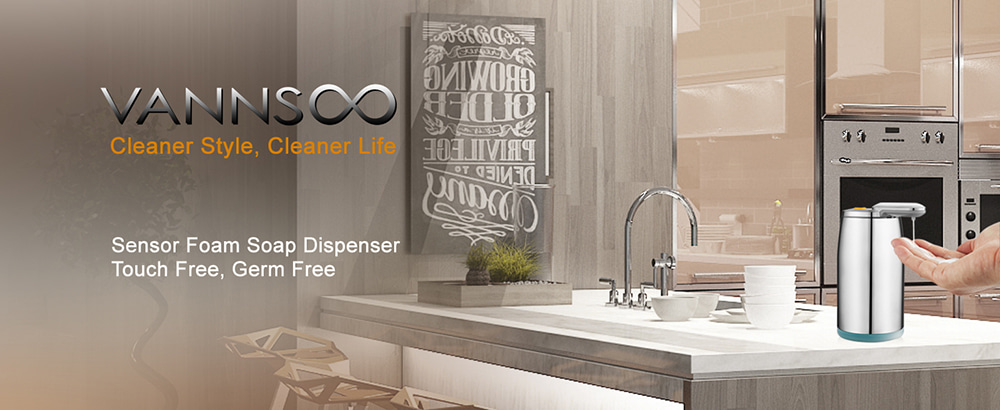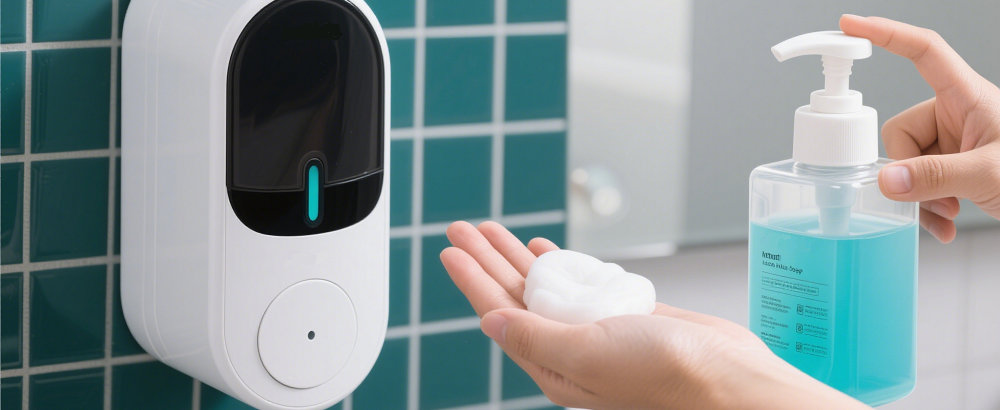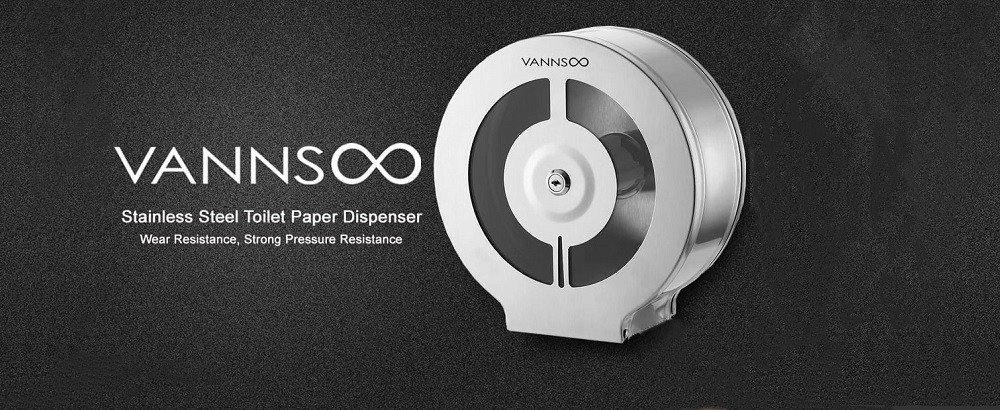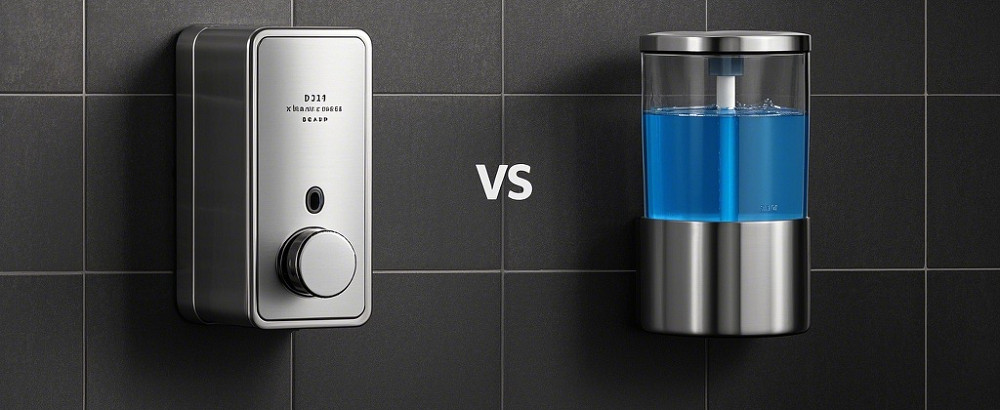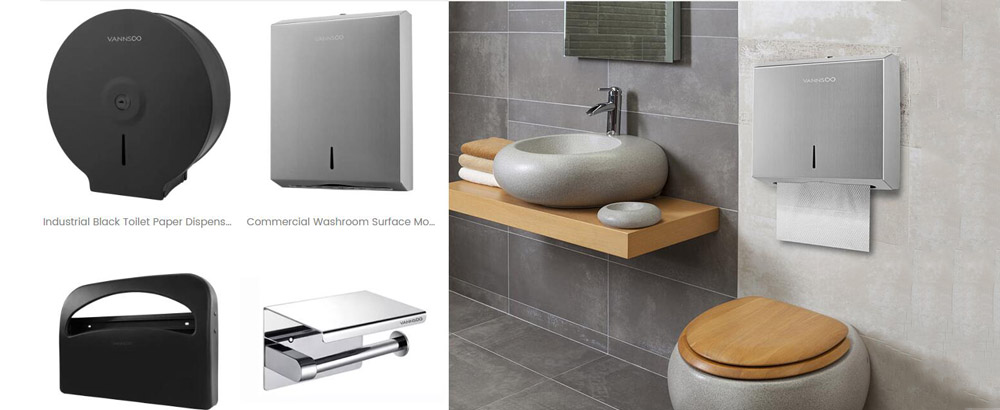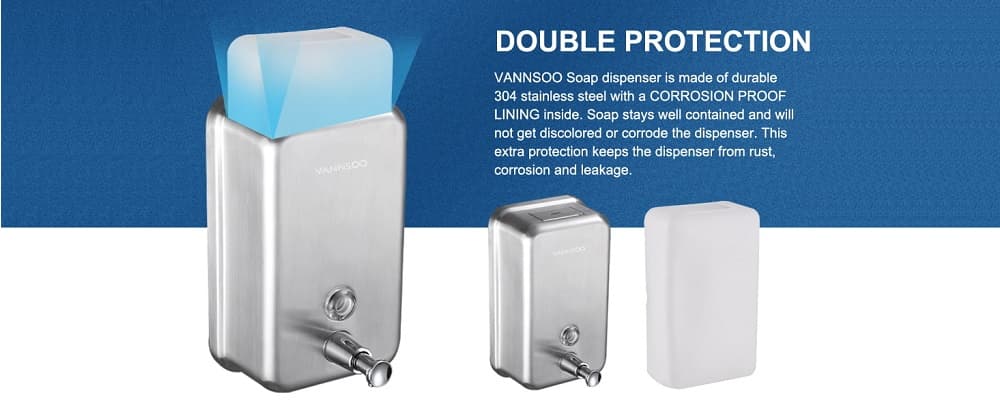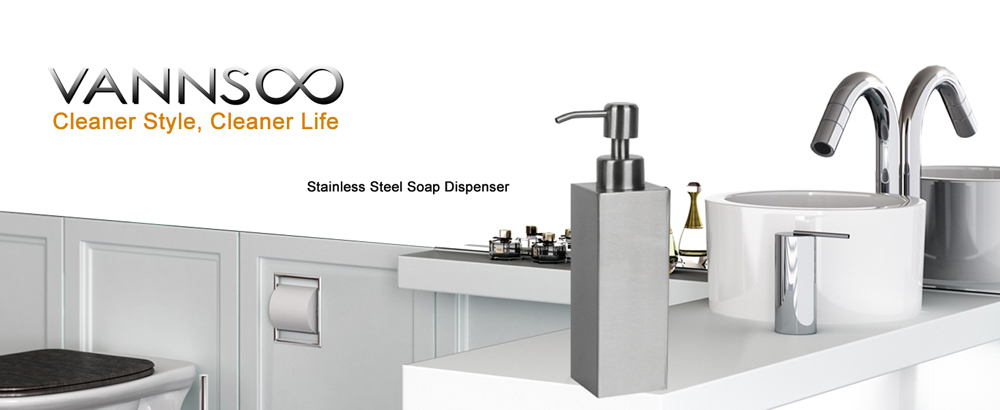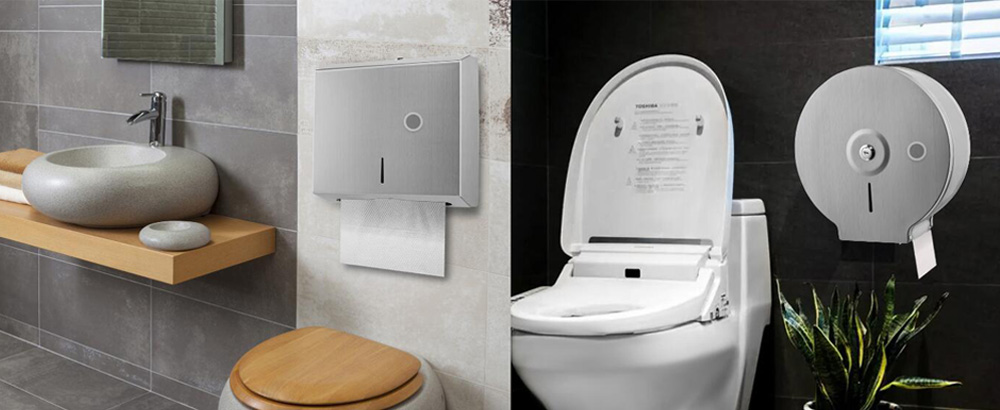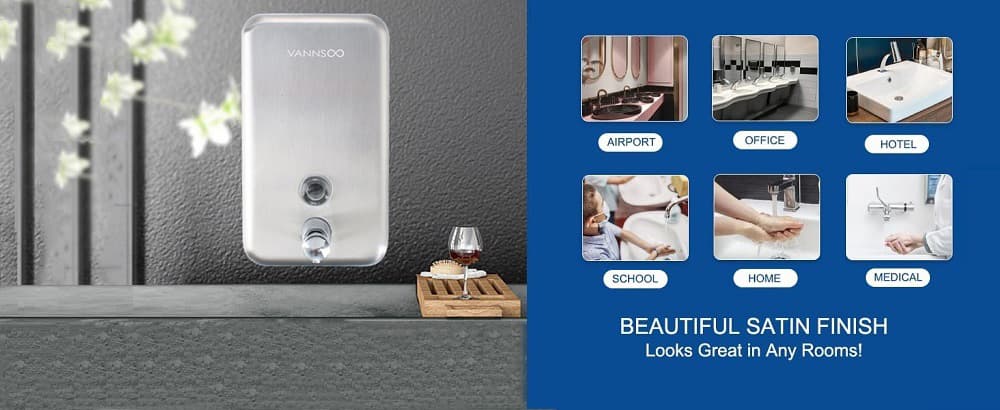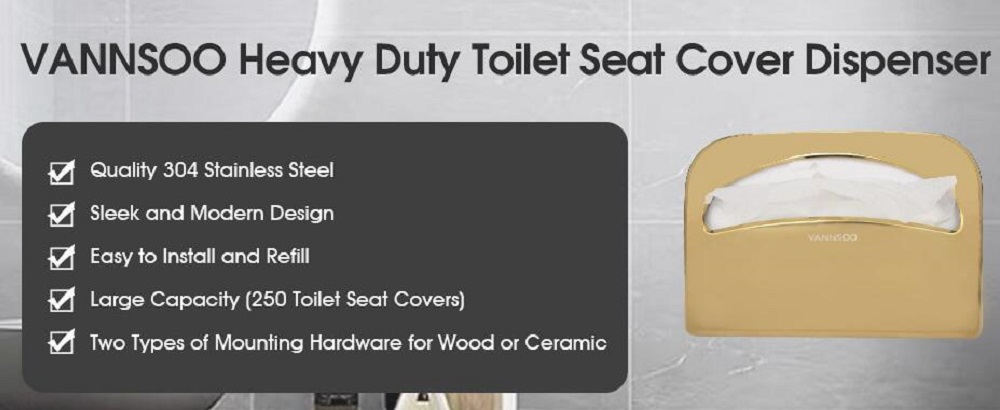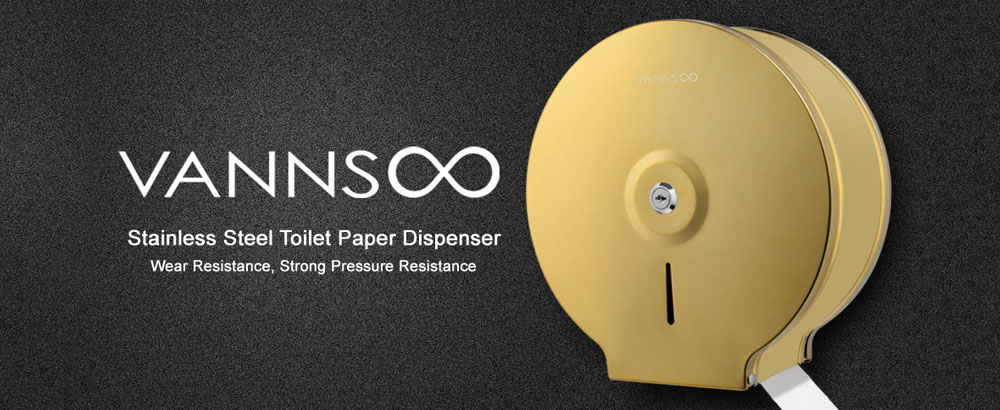Why Stainless Steel Soap Dispensers Are Recommended for Commercial Bathrooms
Feb 20, 2025
In modern commercial environments, bathroom facilities are not only designed to meet basic hygiene needs but also play a key role in enhancing customer experience and showcasing a company's image. Soap dispensers, as common fixtures in public restrooms, have a direct impact on both convenience and overall ambiance. In recent years, many commercial establishments have started to prefer stainless steel soap dispensers, and there are several reasons behind this trend, ranging from aesthetics and durability to hygiene management needs.
1. High Durability and Corrosion Resistance
Stainless steel, known for its exceptional resistance to corrosion and oxidation, is the preferred material for commercial restroom fixtures. Compared to traditional plastic soap dispensers, stainless steel dispensers are more durable and can withstand frequent usage in high-traffic commercial environments such as restaurants, hotels, office buildings, and shopping malls.
Additionally, stainless steel does not rust easily when exposed to moisture or cleaning chemicals, making it a long-lasting option. This material is highly resilient to wear and tear, ensuring stable performance even in challenging commercial settings.
2. Easier to Clean and Maintain
Maintaining cleanliness and hygiene is crucial for any public restroom. Commercial stainless steel soap dispensers are much easier to clean compared to plastic ones, as their smooth surface prevents dirt buildup. This makes cleaning more efficient and less time-consuming, ultimately reducing maintenance costs.
The smooth surface of stainless steel also helps prevent the accumulation of fingerprints, watermarks, and stains, making it simpler to wipe off dirt and keep the dispenser looking fresh. Furthermore, the antimicrobial properties of stainless steel help reduce bacterial growth, contributing to a more hygienic environment.
3. Elegant and Modern Appearance
In commercial spaces, the design and overall aesthetic are important factors. Stainless steel soap dispensers not only have a sleek and modern appearance but also feature a metallic sheen that blends well with various contemporary decor styles, adding an elegant and upscale touch. For high-end establishments like restaurants, hotels, and office buildings, stainless steel soap dispensers can enhance the overall design and improve customer experience.
Stainless steel dispensers are available in various finishes, including classic silver, polished stainless steel, and custom colors like black and gold. This variety allows businesses to choose a style that complements their interior design, making stainless steel dispensers a versatile and stylish option for modern commercial bathrooms.
4. Space-Saving Wall-Mounted Design
Wall-mounted soap dispensers are a popular choice in commercial bathrooms. Unlike countertop dispensers, wall-mounted models help save space, making the restroom layout cleaner and more spacious. This design is especially beneficial in small restrooms or areas with high foot traffic, where vertical space can be utilized to maximize available room.
Wall-mounted dispensers also help reduce unnecessary contact and potential damage, ensuring that the soap dispenser remains intact despite frequent use. For commercial restrooms that require regular cleaning, wall-mounted dispensers are easier to maintain, and their placement allows for more convenient use by customers.
5. Enhancing Brand Image and Customer Experience
Choosing stainless steel soap dispensers goes beyond functionality—it also reflects a business's attention to detail. In a competitive market, improving customer experience has become a core focus for many businesses. By selecting high-quality, aesthetically pleasing soap dispensers, companies can subtly communicate their commitment to professionalism and customer satisfaction.
Customers using these facilities will notice the care put into creating a high-quality restroom experience, which can translate into increased customer satisfaction and loyalty, contributing to long-term business success.
6. Environmental Friendliness and Sustainability
With growing awareness of environmental issues, more businesses are focusing on the sustainability of their products. Stainless steel soap dispensers not only have a longer lifespan and are more durable than plastic alternatives, but they are also recyclable, reducing waste caused by frequent replacements.
In contrast, plastic dispensers may need to be replaced more frequently as they degrade over time, which contributes to environmental strain. Stainless steel, on the other hand, aligns with modern commercial environmental standards, helping businesses promote their commitment to sustainability.
7. Cost-Effectiveness Over Time
While stainless steel soap dispensers may have a higher initial investment than plastic alternatives, their longevity and low maintenance costs make them more cost-effective in the long run. When making a purchasing decision, businesses should consider not just the initial purchase price but also the dispenser's durability, ease of maintenance, and its impact on brand image.
For commercial restrooms with high usage rates, stainless steel dispensers are a wise investment, as they provide reliable performance over time, reducing the need for frequent replacements or repairs.
Commercial bathroom fixtures directly affect customer experience and the efficiency of hygiene management. Stainless steel soap dispensers offer durability, ease of maintenance, and a modern, elegant appearance, making them an ideal choice for commercial bathrooms. Whether for practical or aesthetic reasons, stainless steel dispensers elevate the restroom environment and contribute to a more pleasant overall experience.
Read More

